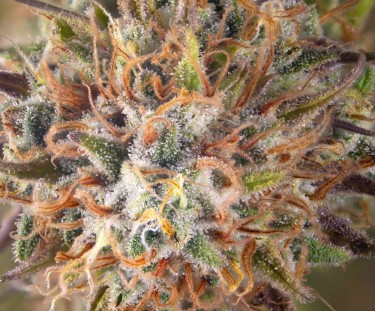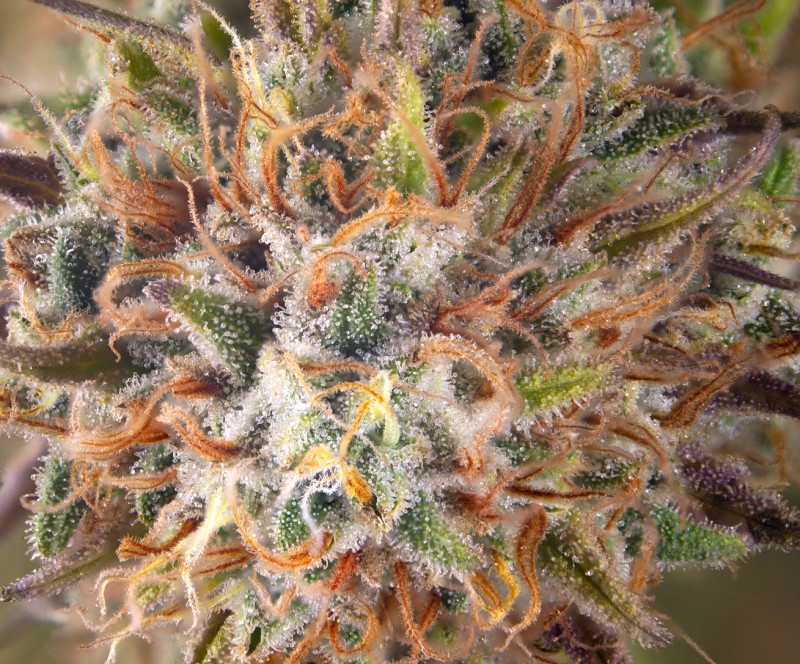Anticancer Properties of Terpenes

From the moment terpenes were discovered in cannabis plants and their chemovars till this point in time, about 200 different terpene forms have been identified.
General Description Of Terpenes
Terpenes are naturally occurring compounds found not only in cannabis plants but also in other plants, flowers, and fruits. They are commonly associated with cannabis because they are highly concentrated in them.
They are the odorous compounds that give a plant its distinct flavor and fragrance. Biologists discovered that some plants are shielded from animal grazing and infectious organisms by the terpene present in them. These terpenes act as repellents against these predators.
Terpenes have been found to possess therapeutic characteristics, and they function synergistically with available phytochemicals in the cannabis plant to contribute to its medicinal purposes. Even plants enjoy the therapeutic benefits of terpenes. These living compounds act as a part of the plant's immune system and work to repair damaged tissues.
People often confuse terpenes with terpenoids, and sometimes they are used in place of the other.
Terpenes and Terpenoids are different. Terpenes are natural compounds found in living plants, while terpenoids are oxidized compounds found in dead dried and cured plants.
Scientists often face difficulties while trying to single out terpene compounds in some cannabis flowers. Over time, it was discovered that the identification of terpenes in a cannabis plant depends on its abundance in that plant, as well as their thermolability and volatility. Their content variations within a cannabis variety or breed also play a part in how easy or difficult the process of identifying them would be.
The common terpene compounds found in cannabis cultivars are myrcene, α-humulene, β-caryophyllene, α-pinene, limonene, and about 200 more.
Terpenes as Anticancer Compounds
The wide use of cannabis plants has caused scientists to pay more attention to terpenes and their properties.
The therapeutic benefits of terpenes are numerous, however, its major medicinal property is that it is capable of killing tumors and other cancer cells. This discovery of its anticancer properties has shone more light on terpene research. Scientists are carrying out research to try and understand how these compounds fight off cancer cells.
Cancer is a widespread non-infectious disease that has no cure. The possibility of terpenes having anticancer properties makes it, as well as cannabis, a potential treatment for preventing and managing the spread of cancer cells.
Some of the medicinal properties of terpenes include;
Antiviral
Terpenes found In cannabis chemovars have a unique formulation that works against the replication, growth, and even penetration virus in healthy cells.
AntiPlasmodial
Terpenes have been found to be a naturally occurring antimalarial compound. Studies say that they show promising potential in curing plasmodial diseases
Terpenes contribute greatly to the overall anti-inflammatory characteristics of medical cannabis. Studies show that it can be used to manage or treat acute inflammation.
Analgesic
Terpenes can be used to relieve pain symptoms. Several terpenes communicate with the endocannabinoid system (ECS) when ingested. This reaction with the ECS induces therapeutic analgesic effects.
Antimicrobial
Terpenes exhibit properties that inhibit the growth of microbes in cells.
There are other medical benefits of terpenes to the human body that works in conjunction with their anti-carcinogenic properties. But the above has gained much attention for their high abilities to manage and treat illnesses.
Not all terpenes exhibit are able to fight against cancer cells in vitro and in vivo. A few were used in animal experiments to test whether or not the compounds truly exhibit anticancer properties, while some filed positive results, others were found to show little or no reaction to suppress the growth of carcinogens.
Forms of Terpenes with AntiCancer Properties
This is a shortlist of terpene compounds that have anti-carcinogenic characteristics.
Eucalyptol
This is a lesser-known terpene that can be found in selected varieties of cannabis. It was observed to induce dose-dependent apoptosis in experiment models with leukemia cells among other types of human cancer cells.
The Eucalyptol terpene can be found in high concentrations in eucalyptus oil. It is a monoterpene with a mint-like odor.
In an experiment using immunodeficient mice with transplanted colon cancer cells, eucalyptol was responsible for reducing the progression of carcinogenic cells.
Valencene
This is a sesquiterpene that has cytotoxic and anticancer properties. Medical research shows that the sesquiterpene fights against the growth and application of cysts and tumors in ovarian and lymphoblast cancer cells.
The compound can improve the effects of chemotherapy medication doxorubicin to prevent the replication of tumor cells that grow in colorectal adenocarcinoma cell lines.
Valencene smells like citrus fruits and it can be identified in mangoes, tangerines, and other nectarines.
Borneol
This terpene exists in cannabis plants, and other plants like camphor, thyme, ginger, as well as rosemary. The compound has an earthy odor which is similar to the fresh camphor-like odor of the eucalyptol terpene compound.
Based on completed medical studies this terpene is capable of working simultaneously with anti-carcinogenic medications to boost their reaction to cancer cells that appear resistant to chemotherapy.
In China, plants that contain borneol are used traditionally as medication to enhance the absorption of drugs in the body. Scientists are focusing on the borneol's blood-brain barrier transient disruption property to formulate drugs that can be used to selectively kill cancer cells in the brains. Borneol may soon be extracted for its efficient improvement of chemotherapeutic medicine.
Alpha-phellandrene
This is a cyclic monoterpene that is capable of altering gene expressions in anticancer experimental treatments. Studies show that when α-phellandrene is given in measured doses, it can inhibit the survival of cancer cells, and likely kill the tumor cells.
Other compounds that have been partially studied included humulene, limonene, etc.
Conclusion
Most of the experimental studies carried out using these terpene compounds are still in their early stages. For the medical industry to fully capitalize on the therapeutic effects of terpenes, more biological studies have to be performed.
The battle against/with cancer is tiring and draining, any potential drug compounds that show anticancer promise, like terpenes, must be researched and explored ASAP.
MORE ON TERPS, READ THESE...
WHAT ARE CANNABIS TERPENES EXACTLY, CLICK HERE!








